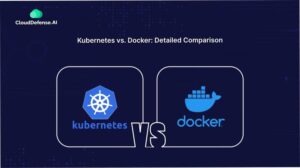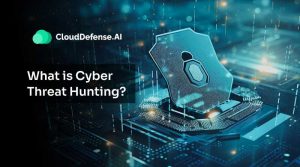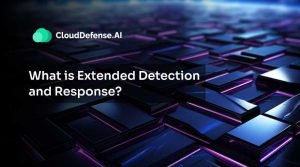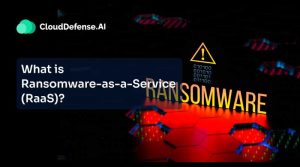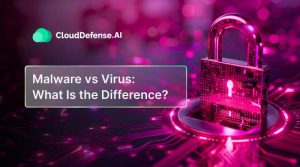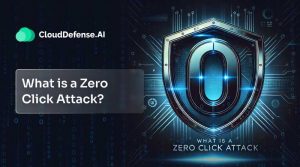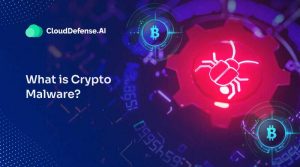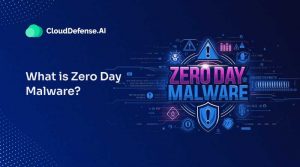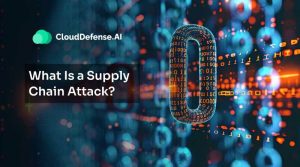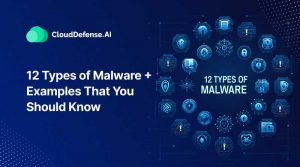CloudDefense.AI Blog
- Anshu Bansal
- Security
Modern cybersecurity is evolving rapidly, fueled by AI-driven code generation and an advanced DevOps approach. While AI-based AppSec tools have been helping organizations to bolster their guardrails, it is failing to cope with the high volume of code changes and increasing complexity. However, the advent of
- Anshu Bansal
- Security
In today’s modern software development, where speed and security go hand-in-hand, application security (AppSec) is no longer just a feature. AppSec has become a necessary foundation of every organization’s security strategy. As developers write code, especially through AI-code editors, it creates a possibility of introducing vulnerabilities
- Anshu Bansal
- Security
The multicloud strategy has become completely mainstream. A recent Cloud Security Alliance report highlighted that around 57% of organizations in the industry are now using a multicloud environment to run their operations. Every CISO and CTO has embraced this model to avoid traditional vendor lock-in and
- Anshu Bansal
- Security
With the need for speed in the application development process, developers are rapidly turning to AI-powered IDEs like Cursor. It has not only enhanced developer productivity but also enabled organizations to achieve faster release cycles. However, implementing AI-generated code into the codebase introduces new security risks
- Anshu Bansal
- Security
With applications being the backbone of modern enterprises and a constant threat from attackers, complete security of every application has become a necessity. Moreover, development cycles are accelerating with time, and the addition of dependencies and API is making applications more complex. Although standard application security
- Abhishek Arora
- Security
Modern software development commands speed and agility, fueled by AI-assisted coding and an advanced CI/CD pipeline. However, to cater to high-speed application development approaches, organizations need a shift in their application security approach. AI SAST, or AI-based Static Application Security Testing, serves as a proactive and
- Anshu Bansal
- Security
Application security in today’s world is constantly under threat from cyber attackers exploiting every possible vulnerability in the application source code. Organizations require advanced and AI security testing methodologies within the SDLC to identify and mitigate vulnerabilities, including zero-day attacks. Among all, AI SAST and AI
- Anshu Bansal
- Security
The OWASP Top 10 is one of the primary standards that enables organizations to set a baseline for their application security. It provides organizations with a foundational guide, outlines the vital and severe application security risks. However, as attackers are getting sophisticated with their attacks and
- Anshu Bansal
- Security
For the last several years, traditional SAST has been one of the primary pillars of the modern software development environment. It employs a white-box approach to thoroughly scan the application’s source code and identify any vulnerabilities. However, with evolving cyberthreats, fast-paced development, and increasing complexity in
- Abhishek Arora
- Security
Over the years, the software development approach has undergone significant evolution. Modern organizations are always in pursuit of achieving quicker and more secure software delivery, making the “shift-left” approach a primary pillar. However, with increasing demand for precision in shift-left security and rapid cloud-native CI/CD workflow,
Cloud Security
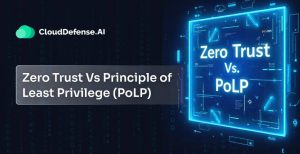
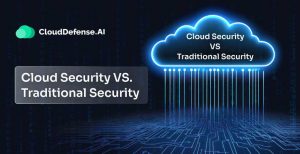
Cloud Security vs Traditional Security: Key Differences and Cost-Effectiveness
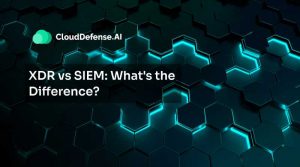
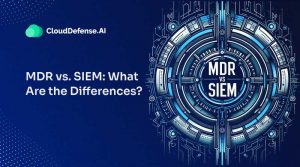
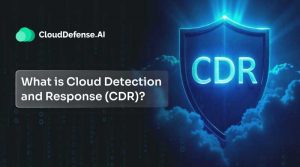
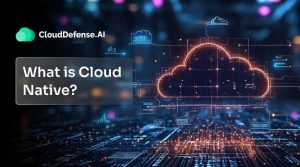
What is Cloud Native? Explaining Cloud Native Applications
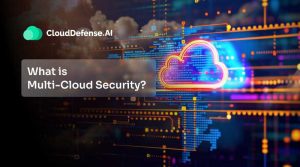
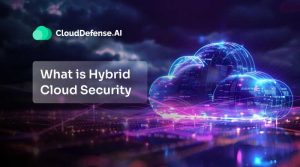

Security
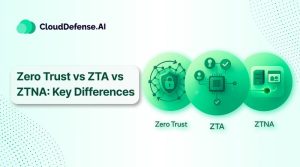
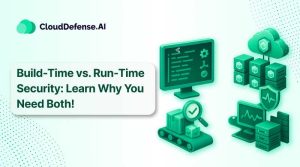
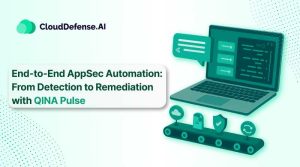
End-to-End AppSec Automation: From Detection to Remediation with QINA Pulse
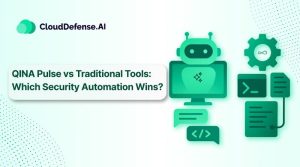
QINA Pulse vs Traditional Tools: Which Security Automation Wins?
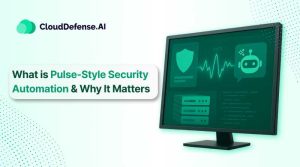
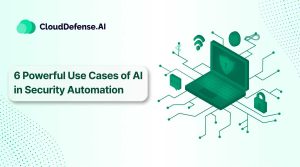
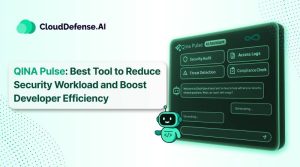
QINA Pulse: Best Tool to Reduce Security Workload and Boost Developer Efficiency
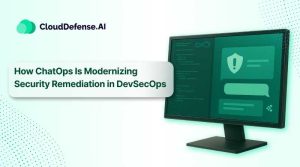
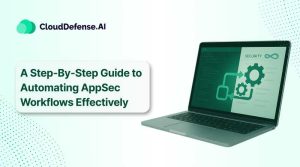
A Step-By-Step Guide to Automating AppSec Workflows Effectively
Press
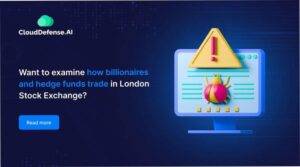
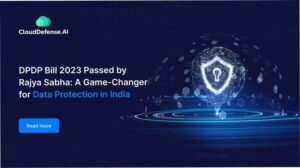
DPDP Bill 2023 Passed by Rajya Sabha: A Game-Changer for Data Protection in India
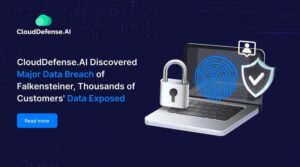
CloudDefense.AI Discovered Major Data Breach of Falkensteiner, Thousands of Customers’ Data Exposed
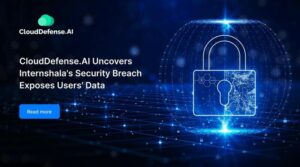
CloudDefense.AI Uncovers Internshala’s Security Breach Exposes Users’ Data
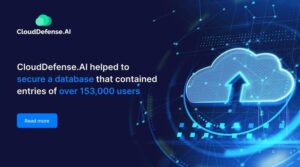
CloudDefense.AI Secures Slick’s Database Containing 153,000 Users
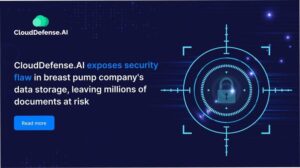
CloudDefense.AI exposes security flaw in breast pump company’s data storage, leaving millions of documents at risk
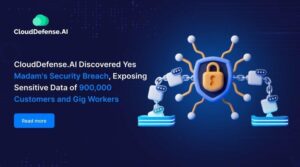
CloudDefense.AI Discovered Yes Madam’s Security Breach, Exposing Sensitive Data of 900,000 Customers and Gig Workers
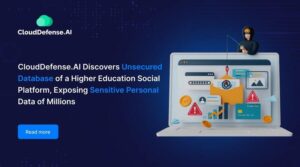
CloudDefense.AI Discovers Unsecured Database of a Higher Education Social Platform, Exposing Sensitive Personal Data of Millions
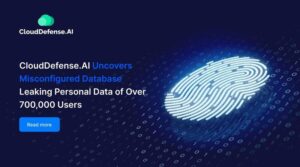
CloudDefense.AI Uncovers Misconfigured Database Leaking Personal Data of Over 700,000 Users
Testing
Application Security
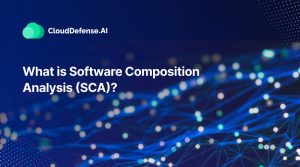
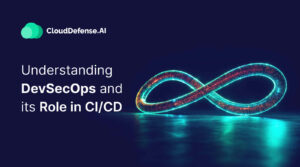
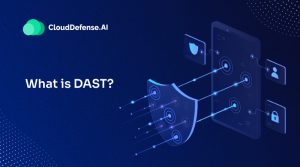
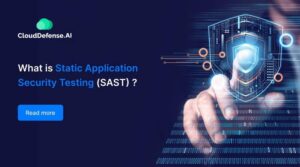
What is SAST? Guide to Static Application Security Testing
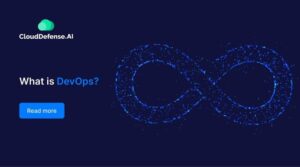
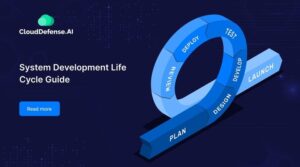
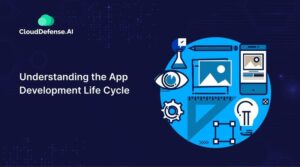
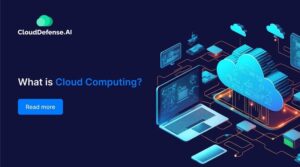
What is Cloud Computing? How It Works, Types & Benefits
